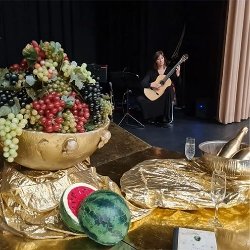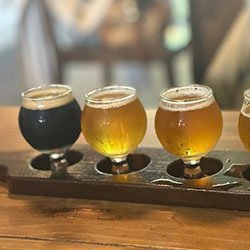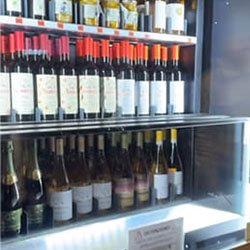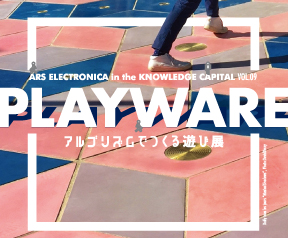I spent a long and enjoyable day there, so I'd like to tell you all about this zoo.
It opened in 1958 and covers an area of 47 hectares. It’s home to 2,200 animals, and you can see animals that live only on the South American continent.

There’s a QR code on your admission ticket, and you scan it to make entry into the zoo quick and easy. When you enter, you'll see a large pond on your right where they have optional Acqua Zoo tours in a 20–30-person boat. You just go around the pond once, but you can see birds and monkeys from the boat.

The plants in the area where the zoo is located are part of the “Mata Atlantica” (the forests stretching along Brazil's Atlantic coast from the north to the south) and have been kept in their natural state, so you get to see large trees and lush greenery.

As you can see from this map, the zoo is divided into six sections, each labeled with the types of animals. Photos of the animals are also displayed around the zoo, so you can check the direction you're headed.
Simple explanations about animals are also displayed, and you can get more detailed information with the QR codes.


What kinds of animals do you like? What’s the animal that you want to see first?

Popular at the moment is the Mexican salamander, which is called the “axolotl.”
Ten axolotls were brought to the zoo after they were rescued from illegal animal trading in 2020. Designated by the International Union for Conservation of Nature as a critically endangered species, the zoo is taking great care of them and is focusing on care and breeding, which resulted in their population increasing to 30 in 2022. And so, the zoo has made a special axolotl area. Not well known by Brazilians, the axolotls quickly became a popular animal. There is even a shop selling cute axolotl stuffed toys and keychains.

The zoo also has the world of dinosaurs, called “Dino Mundo” (for an additional charge), with videos explaining the various species of dinosaur, and in the garden area, there are a number of dinosaur models with moving arms and faces. There is a sandpit designed to look like a dig site, where children sift through the sand searching for dinosaur fossils. It looked like a lot of fun.
There are benches for taking a break, and shops selling drinks, ice cream, and snacks. There are also picnic areas, so you can take it easy at any time throughout the day.
You can also visit the zoo at night. There's a limit on the number of people they let in, so you have to buy tickets in advance. It’s meant for seeing the animals moving around after dark, so you have to walk along a designated route, and apparently, you can't shout or run. How would you like to visit a zoo at night?
Actually, something happened the day I visited the zoo. While we were taking a break in the picnic area, we saw a lost boy. It looked as though he was separated from his parents while playing in the playground. In Brazil, when a child gets lost, people in the area clap until the parents are found. It's a signal to say, "There’s a lost child here." The number of adults who started clapping kept on increasing from 10 to 20, then 30, and the parents were found within minutes. It was really touching that the simple act of clapping could draw the attention of the people in the area and help a child who had gotten lost. Helping each other is wonderful, isn't it? It gave me a good feeling that lasted for the rest of my enjoyable visit to the zoo.






























































